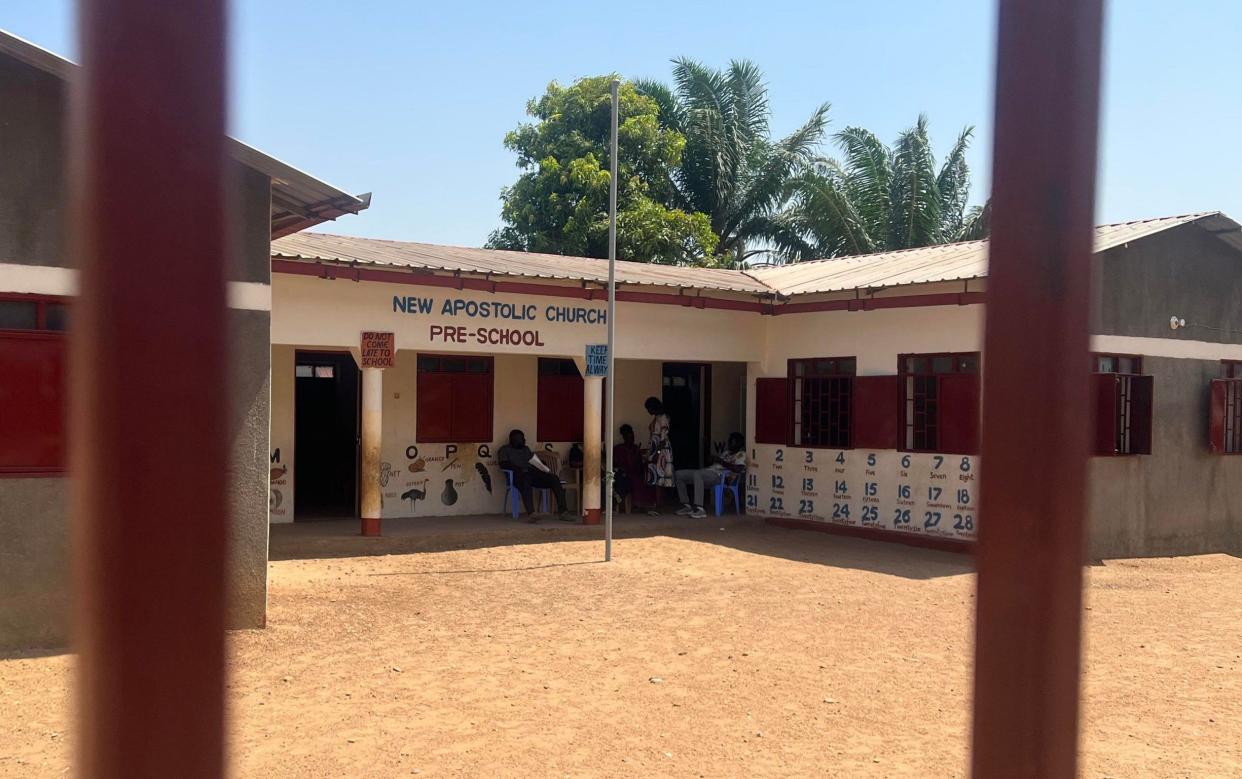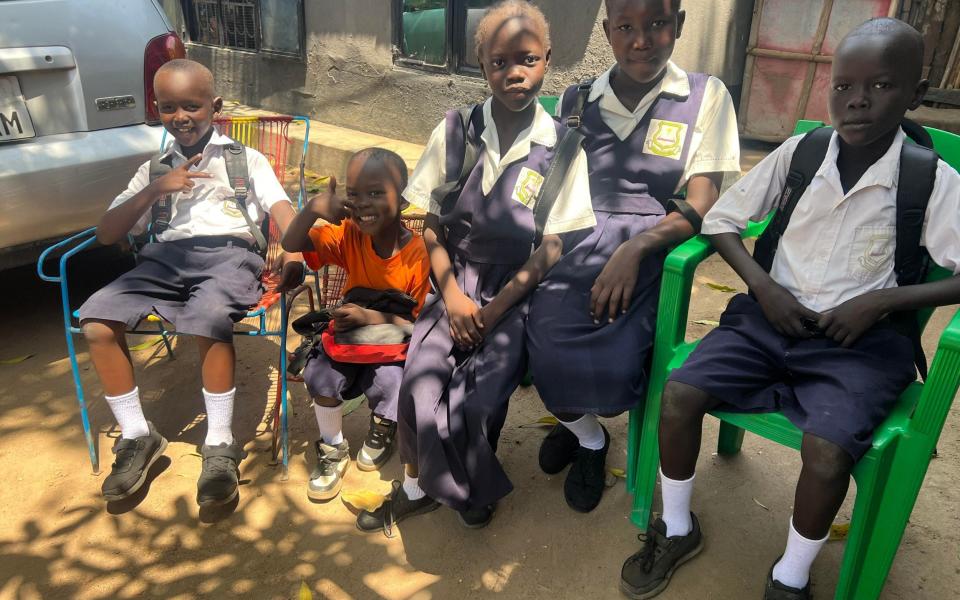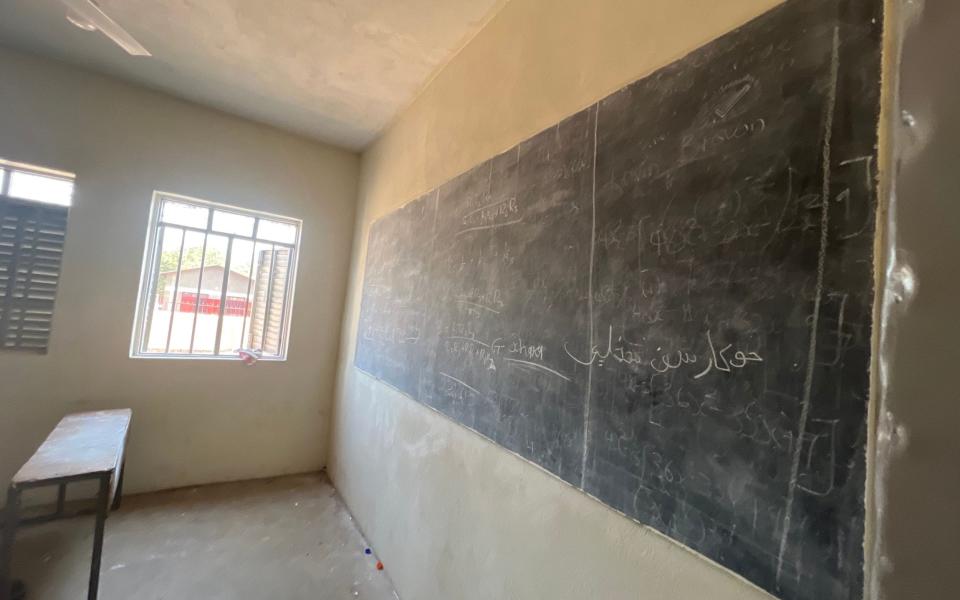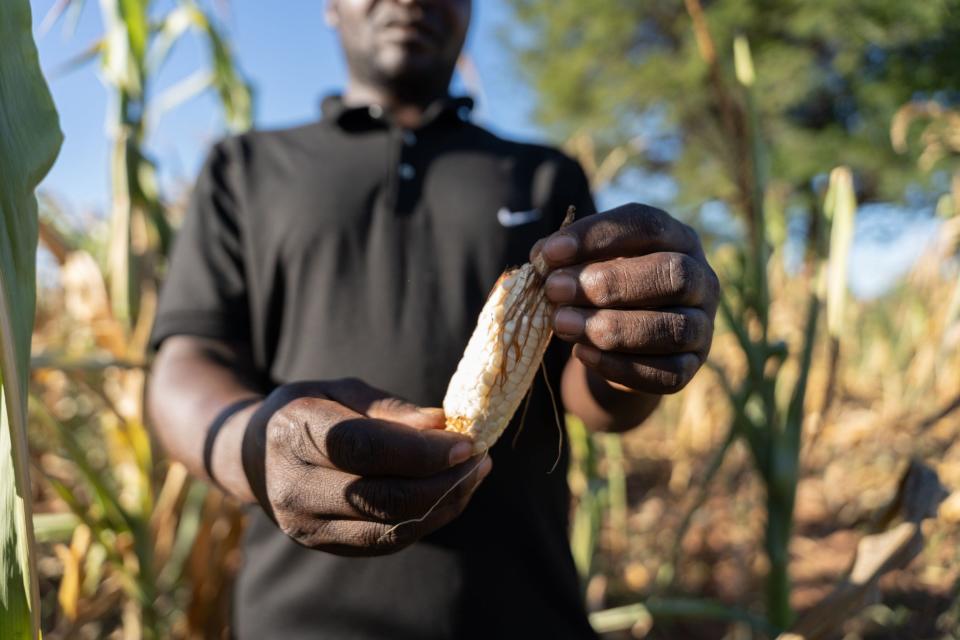Lockdown in South Sudan as blistering heatwave closes schools

A massive heatwave has put children into lockdown in South Sudan as schools close and people are warned to stay inside.
Heat-related deaths have already been recorded in the East African nation, where officials warned temperatures could soar to 45C, far above the seasonal average.
Doctors from Médecins Sans Frontières (MSF) reported vital hospital machinery breaking down due to overheating, resulting in eight resuscitations after oxygen concentrators crashed.
It is exceptionally unusual for temperatures to hit such heights in South Sudan this early on in the year.
Ordinarily, temperatures only exceed 43C in the summer months, according to the World Bank’s Climate Change portal.
Last week 2.2 million children were turned away from schools after the ministries of education, health and environment announced a “serious health hazard” threatening students. It is thought that classrooms will remain closed until April 3.

Schools in the country also closed for prolonged periods during the Covid pandemic, setting back children’s already basic education.
Dr Kathy Branthwaite, an MSF paediatrician working at Renk Hospital in South Sudan’s south, said that the hospital saw an increase in patients towards the end of last week, reaching 27 admitted for paediatric care.
“Premature babies are regularly dehydrated and intense heat only weakens them further,” she said. “Many children are coming in with signs of advanced dehydration.”
Due to overcrowding in the hospital, staff constructed a tent to accommodate more patients, but the extreme conditions pushed temperatures to over 50C inside.
“It was unbearable for patients, staff and caretakers,” Dr Branthwaite said, adding that a lack of sufficient clean water represents a “real danger” to refugees living in “dire conditions”.
South Sudan ‘sitting in a perfect storm’
As global warming accelerates the frequency of heatwaves, developing countries like South Sudan are most vulnerable to the impacts.
The 2023-24 El Niño phenomenon, one of the strongest on record, is exacerbating these already challenging conditions.
El Niño has caused unusually warm temperatures in the Pacific Ocean, which has resulted in disrupted weather patterns and high temperatures.
The phenomenon coincides with wider climate change, with the two issues pairing together to cause dry conditions and erratic rainfall, which each affect crop production and worsen disease outbreaks.
“The main thing is, that it’s an additional kind of temporary warming on top of the long-term warming trends,” Professor Richard Betts MBE, Met Office Fellow and Chair in Climate Impacts, University of Exeter, told The Telegraph.
“So we are warming the earth ourselves by emitting greenhouse gases from burning fossil fuels and deforestation, but El Niño adds to that, which makes it even worse.”
Humidity in South Sudan means that the heat poses more of a risk.
“When it’s humid, the heat stress risk is higher, because humidity stops your body cooling itself by sweating. That’s why this heatwave is of concern,” said Professor Betts.
“Most people would find it impossible to function on a normal day-to-day basis in those kinds of temperatures.”

Last year became the world’s hottest on record, with Europe recording hazardous heat in areas of Spain, Italy and Greece, and China its highest-ever temperature.
Thousands of people were evacuated from Greek islands as wildfires raged, while the Italian island of Sardinia experienced 47C.
The UK recorded its highest-ever temperature in July 2022, hitting 40.3C in Coningsby, Lincolnshire.
People were advised to seek refuge in cooling centres and stock up on water supplies – but experts have pointed out that such measures are almost impossible to follow in South Sudan.
“What constitutes indoors, for the vast majority of rural people, is inside a wooden hut. When you’re inside the house, you won’t have direct access to water,” said Professor Craig Hutton, director of the Sustainability and Resilience Institute at the University of Southampton.
“People have to be outside to live. They live off the land in the surrounding fields directly around them. Women will still have to go and collect water. They’ll probably take their children with them.”
Professor Hutton explained that South Sudan is “particularly vulnerable” to issues caused by climate change – like lower crop yields, water shortages and conflict over resources – because of limited supply chains, political instability and its northern neighbour Sudan’s raging civil war.
“South Sudan is sitting in a perfect storm,” he said. “The problems that already exist are becoming exacerbated by climate change. Schools closing is a signal of much more significant issues.”

South Sudan is the latest in a series of African nations suffering from blistering heat.
In Zambia, the government recently declared a national emergency over a drought that has hit large parts of the country.
It has affected 6.5 million people – including three million children – according to Unicef.
Prolonged drought has also hit Zimbabwe, as the El Niño phenomenon disrupted rainfall patterns.
People are facing food insecurity, water scarcity, and heightened vulnerability to violence and exploitation, Unicef reported.
El Niño also caused heavy rains and flooding in parts of the Eastern African region, including Ethiopia, Kenya and Somalia, late last year, affecting more than 5.2 million people.
Experts say the catastrophes caused by extreme weather will only worsen as the world warms.
“If we do reduce fossil fuel burning and reduce deforestation, we can keep a lid on this increase in temperatures,” said Professor Betts.
“If we don’t do that, then it will continue to get worse and worse and worse. We have a choice to make.”
Protect yourself and your family by learning more about Global Health Security

